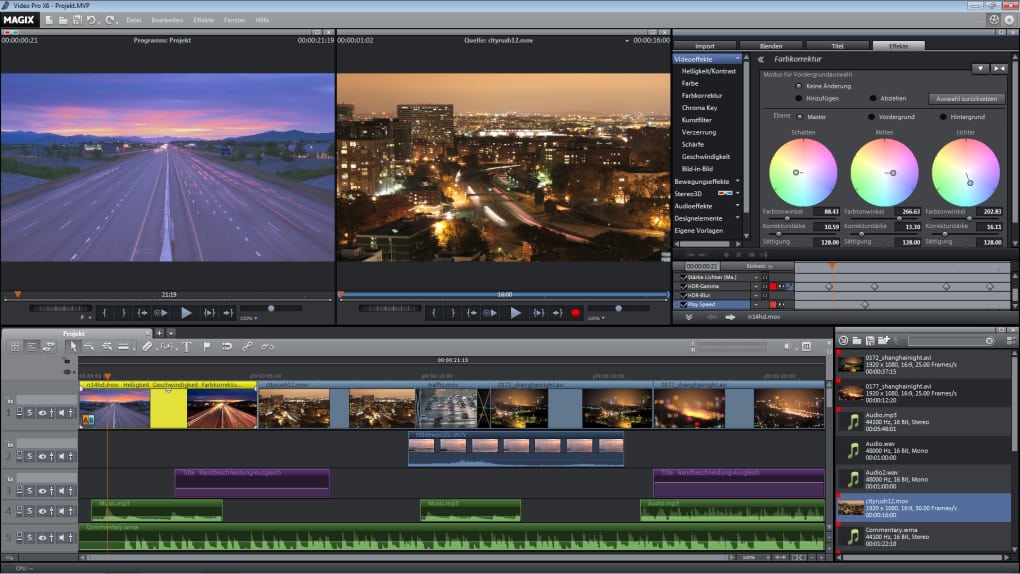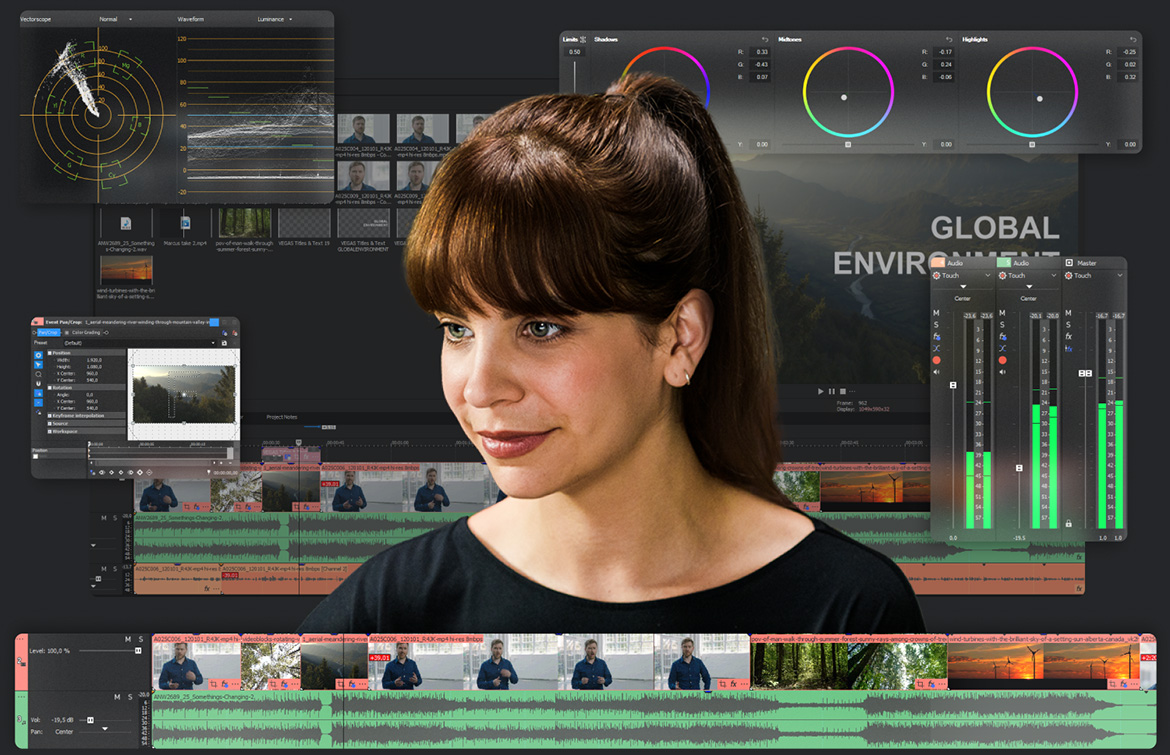
- Pro video update#
- Pro video full#
- Pro video pro#
Pro video pro#
The FMV application in ArcGIS Pro uses data collected from a variety of remote sensing platforms.
Intelligence, surveillance, and reconnaissance. Riparian, such as stream buffers per reach, habitat, diversity mapping, and links. Hydrology, such as natural and human-made infrastructure. Communication, such as cell towers and infrastructure. 
Transportation, such as roads, bridges, rail, highways, and air-land-sea ports.Utility transmission, such as electric, gas, water, and other conveyance.Corridor mapping, monitoring, and management.There are many types of applications for FMV: The types of organizations that use FMV include the following: Industries that use FMVįMV is useful for monitoring remote, inaccessible, or dangerous locations. Understanding who uses FMV and how it is collected and used provides important context for evaluating the functionality of FMV.
Pro video full#
Overview of Full Motion VideoĪ primary use of FMV is for decision support in operational environments. These functional capabilities form the building blocks for workflows that integrate rich spatial context into the video analysis process.
Mark locations and phenomena of interest. Use intuitive digital video recorder (DVR) controls, image and video clip capture, and analysis tools. Each video, and its associated information, is identified by a unique color when displayed on the map. You can open and play several videos at the same time. Pro video update#
Update the map to zoom to the video frame and follow videos across the map. Any information collected in the video player is projected and displayed on the map together with your existing GIS data. Display of the video footprint, sensor location, and field of view on the map. The video player is linked to the map display, enabling the following:. You can move the video player anywhere on your computer display, resize it, minimize it, and close it. View and analyze live-stream videos and archived videos. FMV is fully integrated into ArcGIS Pro, which takes advantage of system architecture, data models, tools and capabilities, and sharing across the ArcGIS platform. FMV features and benefitsįMV takes advantage of crucial metadata, provides visual and analytical processing tools, and provides ArcGIS Pro platform capabilities to support project and mission-critical workflows. FMV is designed to quickly assess, analyze, and disseminate actionable information for timely decision support. Since the video footprint is visible on the map, you know exactly what buildings and infrastructure are visible in the video, and you can assess their condition, mark ground features in the video and map, bookmark their locations, and describe them in notes. For example, if you are engaged in damage assessment after a natural disaster, you can use FMV to analyze the latest video data collected from a drone, together with existing GIS data layers. It is well suited for situation awareness since it is often the most current imagery available for a location. You can analyze FMV data in real time or forensically, immediately after a collection. For example, you can view the video frame footprint, frame center, and position of the imaging platform on the map view as the video plays, together with your GIS layers such as buildings with IDs, geofences, and other pertinent information. 
This conversion provides the foundation for interpreting video data in the full context of all other geospatial data and information within your GIS. It also allows you to analyze and edit feature data in either the video view or the map view, providing telestration capability.įMV uses the metadata to seamlessly convert coordinates between the video image space and map space, similar to the way that the image coordinate system in Image Space Analysis transforms still imagery.

This geospatially enabled video data, along with the computational functionality of ArcGIS Pro, provides you with the ability to view and manipulate the video while being fully aware of the sensor dynamics and field of view (FOV), and display this information in the map view. The sensor systems collect camera pointing information, platform position and attitude, and other data and encode it into the video stream so that each video frame is associated with geopositional information. FMV-compliant refers to the combination of a video stream and associated metadata into one video file, which makes the video geospatially aware. Full Motion Video (FMV) in the ArcGIS Image Analyst extension provides capabilities for playing and geospatial analysis of video data that is FMV-compliant.







 0 kommentar(er)
0 kommentar(er)
